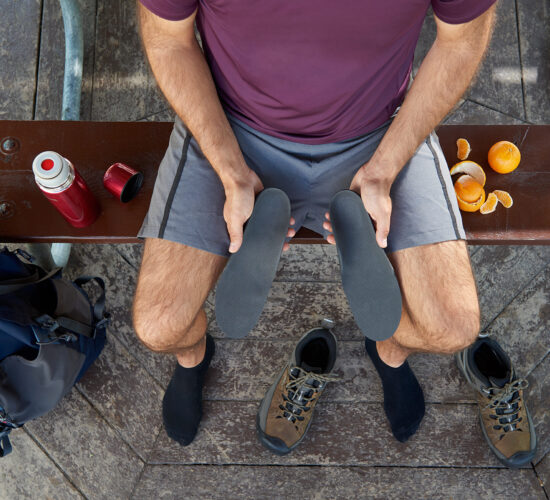An average of one in four people will suffer a knee injury. A knee brace used during sports can prevent such injuries or help them heal.
Who needs a knee brace?
A knee brace is a medical device that protects and supports your knee joint to prevent injury or help with healing.
Knee braces are for people with joint, tendon or ligament pain. They are also popular with people who are particularly demanding of their knees, like athletes.
Knee braces support the joint, strengthening its natural function and helping to reduce pain.
People with unstable kneecaps or fragile ligaments can use a knee brace to protect their joint.
When should you use a knee brace for sports?
There are three types of knee braces:
- Ligament brace. It protects an injured ligament, a stretched but not torn ligament or when there is edema.
- Patella brace. It helps to ease pain in the kneecap. It keeps the patella, the flat bone located directly on the knee, in its natural track.
- Immobilizer. Sometimes articulated, it is often prescribed by a physician after an injury or surgery. It blocks the knee for recovery. It should not be worn on a daily basis or during a sports activity.












